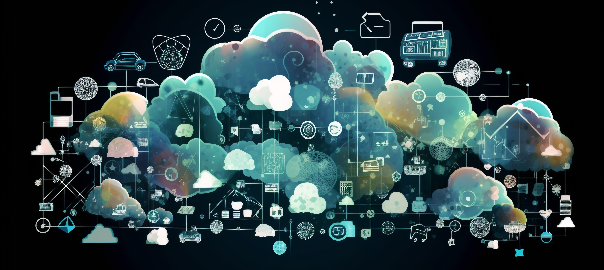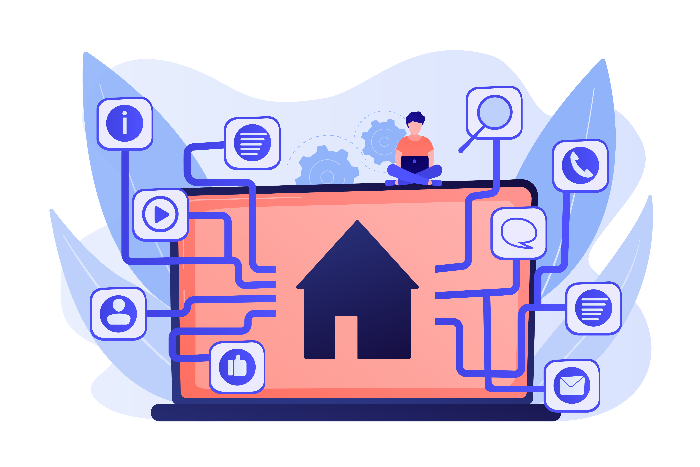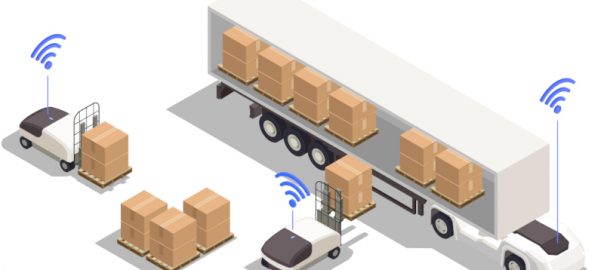The Internet of Things (IoT) is rapidly transforming our world, weaving a complex tapestry of interconnected devices that collect, share, and analyze data. From smart homes with self-adjusting thermostats to industrial plants with sensor-laden machinery, the potential benefits of IoT are vast. However, this intricate network hinges on one crucial element: interoperability.
Imagine a smart home where lights controlled by one app refuse to communicate with the thermostat controlled by another. Or an industrial setting where vital sensor data fails to reach the monitoring system due to incompatible protocols. These scenarios highlight the critical role of interoperability testing in ensuring a reliable and secure IoT ecosystem. Continue reading Interoperability Testing for Reliable and Secure IoT


